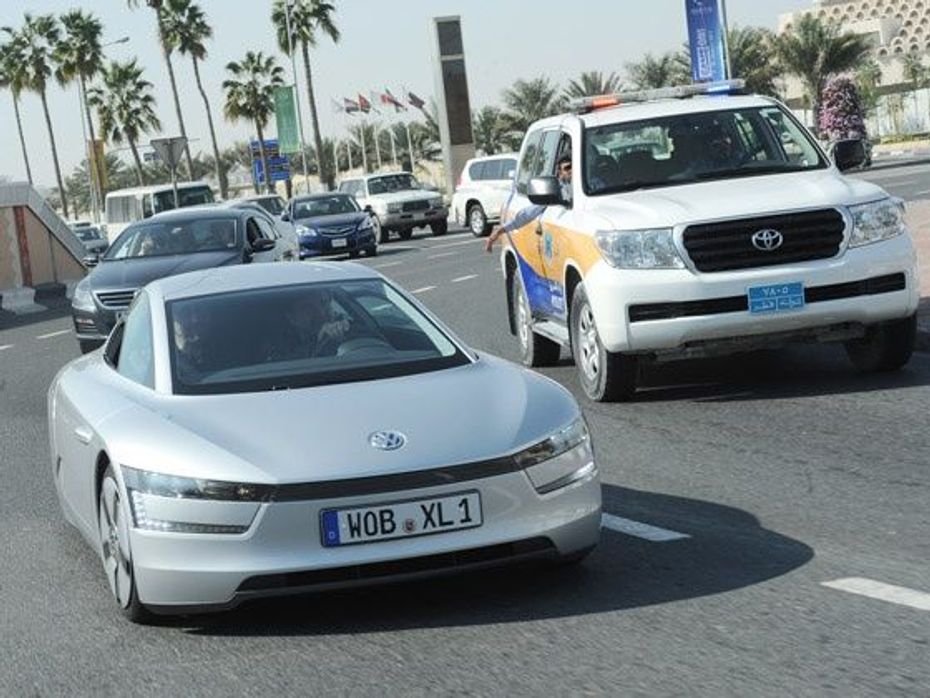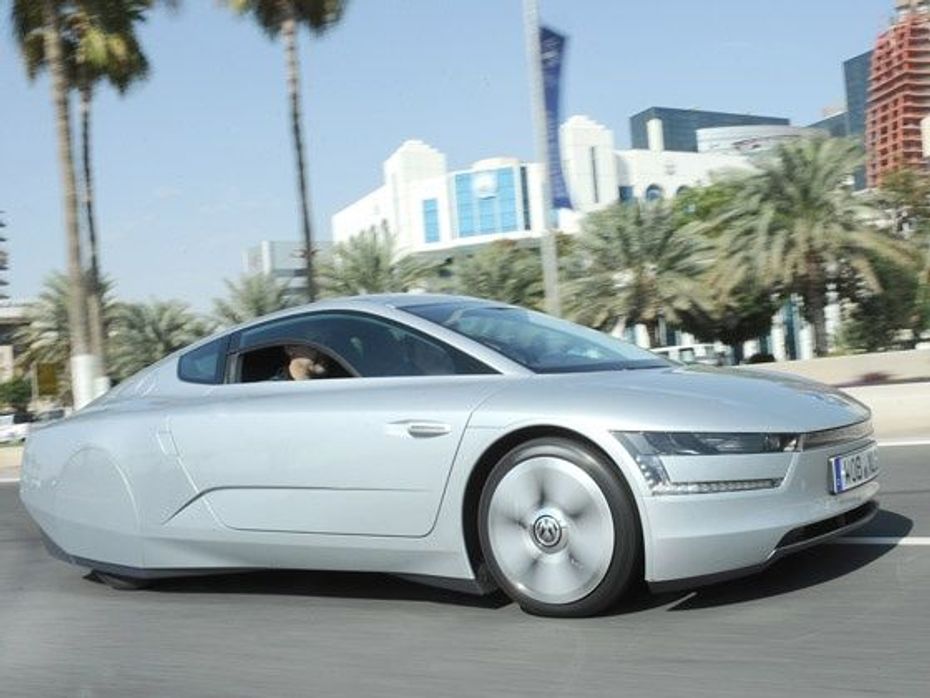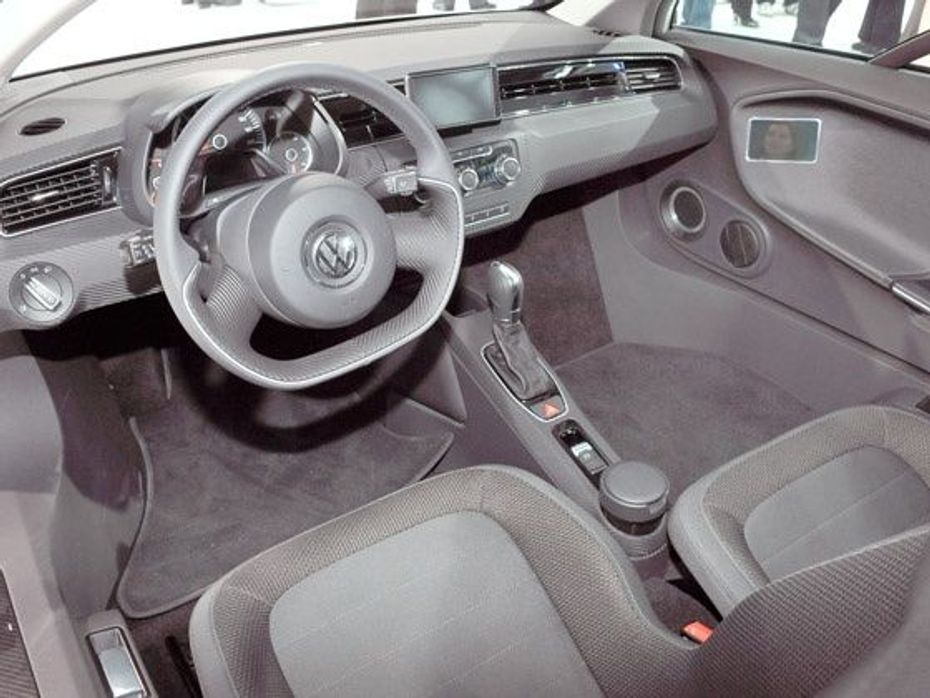
Volkswagen Taigun And Virtus Gets New GT Variants, 1-litre Engine Now...
- Mar 21, 2024
- Views : 2158


What you are seeing is no supercar or a record breaker in civvies for the road but actually a car that combines the genes of both with a load of other innovative thought to do the absolute impossible: go one hundred kilometers on one litre of diesel! This sort of a performance could yet be thought by many as a pie-in-the-sky attempt but even as far back as 2002, Volkswagen’s enigmatic leader Dr Ferdinand Piech had shown that it wasn’t impossible. And just in the last week of January 2010, Volkswagen not just showed but also got motoring journos to drive a near production ready version of its one-litre ultra low fuel car, the XL1.
The quest for future mobility lies in small efficient packages which emit low exhaust gases can go greater distances on small quantities of fossil fuels and deliver just as present day larger engined cars by way of performance. The choice of Qatar couldn’t have been more ironic because this small land holds one of the world’s largest reserves of oil but given its leaders’ own avowed intentions, planning for the future, with or without dependence on oil is a must. Of course energy needs have to be taken into account as well so among the myriad of technologies being looked and debated, it has dawned on to many that an amalgam of technologies need to be harnessed and made to work in sync to derive major gains in lowering emissions, stretching the litre of fuel but without sacrificing the pleasure aspect of driving.

It has been Dr Ferdinand Piech’s fervent desire to make an urban mobility vehicle which can do great distances using the least amount of fuel and in 2002 he had given the first hint of just such a project his engineers were working on. This came in the form of the L1, a slim cigar-shaped car with tandem seating for two and powered by a 299cc single cylinder TDI motor. The L1’s bodywork and the passenger tub borrowed much from racing car technology and this lightweight but very strong structure styled in the wind tunnel did the drive from Wolfsburg to Hamburg averaging just 0.9-litres of diesel, with Piech himself behind the wheel.
Fast forward therefore to 2010 January and the spanking new iteration of the 2002 L1 which gets an even more slippery shape, exotic materials finely crafted for weight and strength, simple but tested diesel engine tech mated to work with an electric propulsion system and an aerodynamic capability which will make many racing cars weep! The XL1 was awesome when it drove down the streets of Doha, Qatar’s capital city and what was evident was not just that the car could do a hundred kilometers to a litre of diesel but the fact that the entire vehicle looked, and felt, production ready!

Getting to the bare bones of the XL1 is the large one-piece carbon composite tub which forms the entire passenger cabin which is mighty spacious – the staggered seating position with the passenger’s seat placed slightly behind the driver’s contributes to a good airy feel which belied the vehicle’s 1665mm width. The original L1 from 2002 was also a two-seater but it came with proper tandem seating (one behind the other) but the VW packaging engineers and designers modified this to accommodate offset side-by-side seats and this has paid off brilliantly. The XL1 measures 3888mm in length, is 1665mm wide and is just 1,156mm tall. In fact its height is lower than that of the super svelte Lamborghini Gallardo and overall one can see that this is a car with the length and width of a VW Polo but the low super sexy profile of a Lamborghini. The XL1’s Cd value of 0.186 is just amazing and it was no secret that the car spent thousands of hours in the wind tunnel as the aerodynamicists and engineers worked to cut out drag while also optimizing wind flow around the vehicle to help make the most out of its small powerplant.
Getting to the heart of the matter is the combination of a twin cylinder 800cc TDI engine, effectively half of the Volkswagen’s 1600cc TDI unit which powers the Golf and Passat. This makes about 47bhp but more importantly the drive train incorporates an electric motor and clutch unit which comprises the hybrid module. This is located between the engine and the seven-speed DSG transmission and the whole set-up is mounted above the vehicle’s rear axle. An integrated lithium ion battery is packaged to supply energy to the E-motor which in turn can be used to power the car on its own for a distance of 35km.

The performance of the XL1 in the real world is nothing short of amazing and this is what will floor many. The VW boffins had a simple motto when going to work on making the XL1 deliver on its maker’s promise: deliver a dynamic drive while relying on overall efficiency of all systems rather than just on a pure dose of power. In full power mode with the hybrid system coming to the aid of the diesel twin-pot engine, the XL1 can accelerate from zero to 100km/h in 11.9 seconds and can hit an electronically limited top speed of 160km/h! Credit this to the car’s all-up weight of 795kg which with its host of safety features and a properly equipped passenger cabin doesn’t give anything away but helps the XL1’s power-to-weight appeal come through loud and strong.
The engine might simplistically be thought of as half of the 1.6-litre TDI that powers other vehicles in the VW Group (replete with not just cylinder dimensions but also bore centres being common), but what is amazing is that barring the aluminum crankcase and a balancer shaft to cancel out the secondary vibes, this unit subscribes to present day VW engine tech without going mightily high tech. No wonder then that with the adoption of an exhaust gas recirculation unit and an oxidation catalytic converter plus a diesel particulate filter, this engine and car are already Euro-6 compliant! Volkswagen claims the car emits just 24g/km of CO2 making it the darling of the greens! Clever electronic controls not just for engine management and electric motor interplay but also to monitor the cooling system to get the best using efficient thermal management make the XL1 so very powerful in the way it delivers out in the real world.

Given its ability to use the diesel and the electric drive system in tandem, the XL1 needs a very meager supply of power to make it motor in the urban environment and this is the key to its immense efficiency. Volkswagen says that to travel at a constant speed of 100km/h, the XL1 requires just 6.2kW / 8.4PS to go about it compared to say a VW Golf 1.6 TDI which needs 17.9PS to do the same job. And if that’s not all, in pure electric mode, it needs even less, just 0.1kWh (82 Wh/km) to do the ton over a one kilometre stretch.
This car is truly radical but not just for its absolute performance and efficiency but the way it has been configured to delivering that. Volkswagen has been working at not just making this a technology demonstrator but also to perfect the vehicle systems for series production. In fact, the brilliance of the entire car be it its carbon-fibre composite tub or body panels, the tyres and the electronics, every aspect hints at this car re-looking at the basic tenets of car design and manufacture as we know of it today.

And confirmation of a production future for the XL1 came from none other than Piech himself who said that he wanted the car to get into volume production by 2013 and that it would be sold to real people and not just pedaled as technology demonstrators provided to high profile personalities. Further proof of a production future for the XL1 came from Martin Winterkorn, VW Group CEO who said that Europe would get the XL1 first followed by the US and China. Hope many other car makers will see in the XL1 the perfect way to make the strongest eco statement in favour of the automobile in the coming years of this decade!

Volkswagen Taigun And Virtus Gets New GT Variants, 1-litre Engine Now...

VW ID.4 Electric SUV Revealed, Hyundai Ioniq 5 Rival Launch Confirmed...

Volkswagen Taigun GT Line And GT Plus Sport Launched At Rs 14.08 Lakh

Volkswagen Virtus GT Plus Sport VS Hyundai Verna Turbo: Turbo-petrol...

Unlike Skoda, Volkswagen India Won’t Have A Sub-4 Metre SUV...

Maruti Suzuki Rock N Road: Redefining the SUV Experience

Bosch Car Service: Your Trusted One-stop Destination for Car...

3 New Major Design Details Mahindra XUV 3XO Will Pack Over...

You Can Now Name Skoda India’s Upcoming Sub-4 Metre SUV

Tata Curvv: A Much Clearer Look At Its Interior Ahead Of Its Unveiling
India's largest automotive community